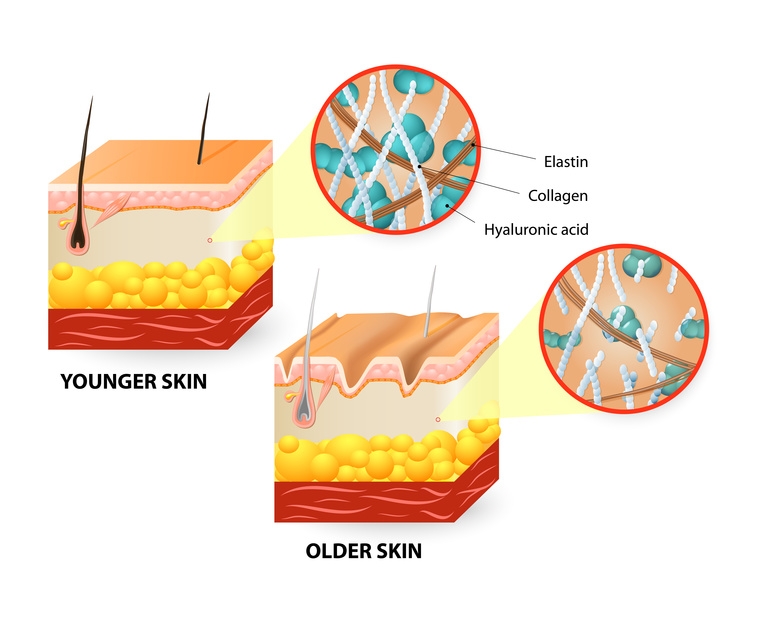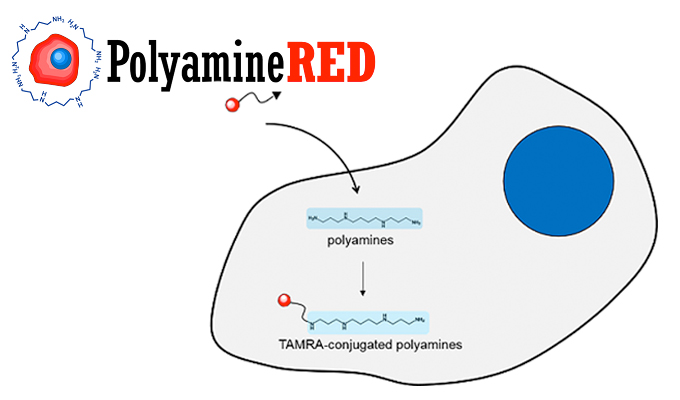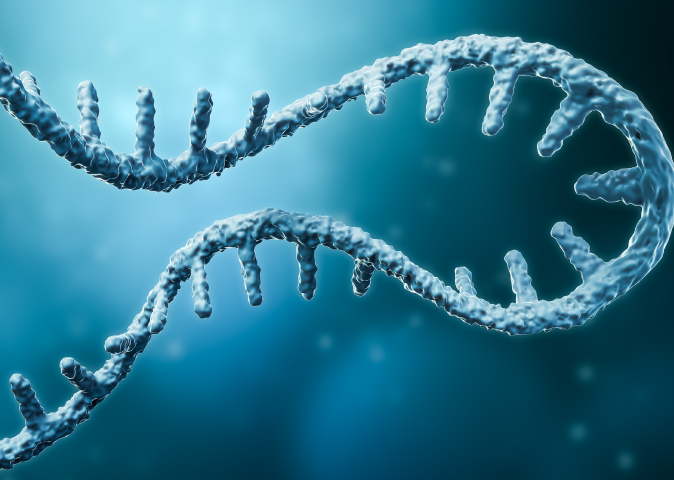tebu-bio is pleased to announce their new partnership for a European distribution of Novabiosis, a US based manufacturer providing cryopreserved primary human cells for the biotechnology, pharmaceutical and medical research fields. Their focus is on Kidney, Intestine, Lung and Liver tissues. They have developed multiple cell types for each organ, an asset for co-culture studies or 3D models development.
The company, created 2 years ago, is a spin off of Promethera, specialist of liver stem cells with GMP facilities. While Novabiosis may be a new brand, they have been working with their Organ Procurement Organization partners for over 17 years, according to strict ethics regulations.
This post illustrates the main cell types available for kidney cells, their characteristics, extensive QC controls and potential applications. The full Novabiosis portfolio can be accessed at this link should you be interested by intestinal, lung or liver models. Just sort by tissue type.
Novabiosis Primary cells
All Novabiosis primary cells feature high post-thaw yield and extensive characterization, from morphology to functionality and surface/ internal marker expression. Comprehensive donor information is provided: cause of death, age, gender, race, BMI, diabetic status, smoking history, alcohol use, substance use, HLA typing, serology and culture results, and co-morbidities, if any, are also included on the CoA
Their main potential applications are:
- function and pathophysiology of the kidney
- toxicity
- drug transporter research
- tissue engineering
- single-cell analysis of individual donors
- kidney disease progression
- urine regulation
All kidney primary cell types available are detailed below.
Normal Human Glomerular Endothelial Cells (NhGEC)
The NhGEC (3041) are obtained after cortex digestion, and single glomerular isolation. Glomeruli are further digested and then NhGEC are isolated by CD31 positive selection as a pure population.
The NhGEC express factor VIII-related antigen, angiotensin converting enzyme activity, and endocytosed acetylated low-density lipoproteins. They are also characterized by the presence of intracellular Weibel-Palade bodies and caveolae and microvillous projections on the luminal surface.
The NhGEC will be evaluated for the expression of endothelial specific markers (e.g. CD31, vWF and Ve-Cadherin) by immunofluorescence. They can be expanded between 5 to 8 passages, while maintaining their particular characteristics. They are terminally differentiated cells and present no significant differentiation capacity.
Normal Human Kidney Cortical Cells mix (NhKC)
NhKC (3001) is a heterogeneous cell mixture isolated from the cortex of human kidneys that are deemed not suitable for transplantation, and have received consent to be donated for research.

Mixes can be utilized to study heterogeneous kidney populations, or be further processed into homogenous cell populations. Major cell types include but are not limited to:
• Proximal tubules; Distal tubules
• Endothelial cells (including glomerular endothelial cells)
• Mesangial cells; Podocytes
• Interstitial fibroblasts; juxtaglomerular cells
• Epithelial Bowman’s Capsule Cells
• Residing renal adult progenitor cells
QC Testing: cortical cell mixes are characterized by yield, viability, and morphology. Cell makeup is analyzed by flow cytometry for major cell populations. Mixes are comprised of terminally differentiated cells and adult renal progenitor cells.
Normal Human Kidney Mesangial Cells (NhKM)
The NhKM cells (3031) are obtained after cortex digestion, and single glomerular isolation. Glomeruli are further digested and then NhKM cells are isolated by PDGF-R beta positive selection as a pure population, then cryopreserved.
Purity is analyzed using immunofluorescence microscopy for PDGFRβ, vimentin, and α smooth muscle actin. Cells are terminally differentiated and can be expanded for at least 15 population doublings. Mesangial cells have an intermediate phenotype, sharing features of fibroblasts and smooth muscle cells.

When grown in one of the common media formulations for eukaryotic cells (e.g. MEM, DMEM, Waymouth, RPMI 1640), these cells retain their in vivo phenotype as stellate, arborized elements in monolayer culture. Homogeneous cultures of Mesangial cells resemble smooth muscle cells or fibroblasts. On average, 15–20 passages in culture can been obtained from NhKM cells. The NhKM cells are terminally differentiated.
Normal Human Kidney Proximal Tubule Cells (NhKPT)
NhKPT cells (3021) are isolated from the kidney cortex after removal of the kidney capsule and medulla. After digestion of the cortex, a pure population of NhKPTs are isolated by positive magnetic selection.
Proximal tubule cells are characterized by yield, viability, and morphology. The purity is analyzed by immunostaining for proximal tubule specific markers aquaporin 1, ENT1, Na+K+ATPase and, cytokeratin.

NhKPT cells are terminally differentiated and can be expanded for at least 15 population doublings. Proximal tubules are further evaluated for γ-glutamyl transferase activity and tight junction formation by staining with ZO1.
Normal Human Kidney Podocytes (NhKP)
The NhKP cells (3011) are obtained after cortex digestion, and single glomerular isolation. Glomeruli are further digested and then NhKP are isolated by nephrin and podocin positive selection as a pure population, then cryopreserved.
Podocytes are characterized by yield, viability, and morphology. Purity is analyzed using immunofluorescence microscopy for podocyte specific
markers nephrin, podocin, synaptopodin, and WT1. Podocytes are also tested for collagen IV expression by Western Blot.
Podocytes are terminally differentiated, and cannot be cultured for more than 1 or 2 passage without loss of their particular traits (like foot processes
and expression of slit diaphragm proteins).
Novabiosis have developed multiple primary cell types from other organs like liver (including cholangiocytes, stellate cells, sinusoidal endothelial cells, kupffer cells…), lung (with lung fibroblasts and small airway epithelial cells), and intestine (epithelial cells and myoblasts from multiple locations). Feel free to contact me to have more information regarding donors characteristics, full inventory per cell type… I’ll be happy to help.



